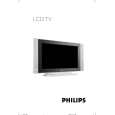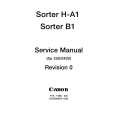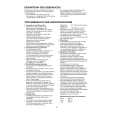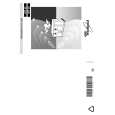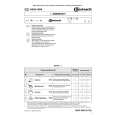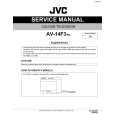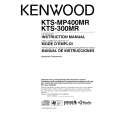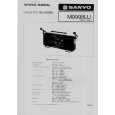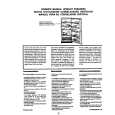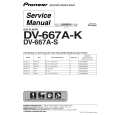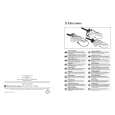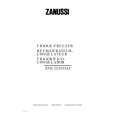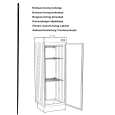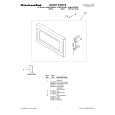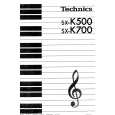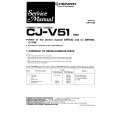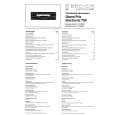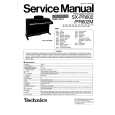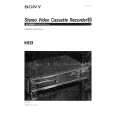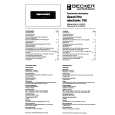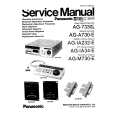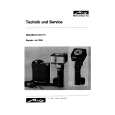|
|
|
Productos
|
|
Información
|
|
Destacado
|
|
|
 |
|
|
No hay comentarios de productos.
11 � Synchronization�Sync track
4 Use the § and ¶ keys to move the cursor to
FRAME RATE.
6 Press ENTER to return to the home screen, or use the § and ¶ keys to select another option. When you have made the selection on the 788, the other device (sequencer) must also be set to the same frame rate as that set on the 788. If they are different, you will not be able to synchronize the system properly. This applies whether the 788 is acting as a timecode slave or a timecode master in the system.
TIP
5 Use the dial to select the frame rate for the outgoing timecode (or timecode to be received as a slave).
24 25 29ND 29D 30ND
24 frames/second. Used in the film industry 25 frames/second. Used in the EBU/SECAM (European, etc.) TV industry 29.97 frames/second non-drop. NTSC color TV for broadcast 29.97 frames/second drop-frame. NTSC color TV 30 frames/second non-drop. NTSC mono TV
We suggest that unless you are working with video or movies, you use the 30ND setting, as this provides more frames per second, and hence greater precision.
MIDI Timecode offset (788 as slave only)
When the 788 is slaved to incoming MIDI timecode, you may need to adjust the time difference, so that the time used on the 788 closely corresponds to the �real� time. For example, if the MIDI timecode master starts the timecode playback at 00:57:00:00, and the actual piece starts at 01:00:00:00, you might want to enter an offset of 3 minutes, so that when the piece starts, the ABS time on the 788 display shows 01:00:00:00 (see �The time display� on page 26). The MTC setting on the screen display will always show the incoming timecode values. 1 Make sure playback and recording are stopped, and press the MENU key. 2 Use the dial to scroll down to SYNC/ MIDI, and press ENTER. 3 Use the dial to highlight SYNC, and press
ENTER.
4 Use the § and ¶ keys to move the cursor to
MTC OFFSET.
5 Use the � and � keys to move the cursor to the hours, minutes, seconds and frames field, and use the dial to adjust these values.
NOTE
The maximum value you can set here is 23:59:59:xx (where xx is one less than the number of frames in a second�see �MIDI Timecode frame rate� on page 96).
Sync track
You can record a sync track from the source MIDI device, which allows the 788 to act as the synchronization master later on. The sync track is not an audio track, but is a record of the MIDI clock. When replayed, SPP information is included. It allows subtleties in tempo which are not possible with the tempo map method of working
Recording the sync track
Before starting to record the sync track, make sure that: � the tempo changes of the sequence are fixed and will not be changed in the future � the MIDI OUT of the sequencer is connected to the MIDI IN of the 788 � the sequencer is set to transmit MIDI Clock and information when replaying 1 Make sure playback and recording are stopped, and press the MENU key. 2 Use the dial to scroll down to SYNC/ MIDI, and press ENTER. 3 Use the dial to highlight SYNC TRACK, and press ENTER.
TASCAM 788 Digital PortaStudio 97
|
|
 |
> |
|
